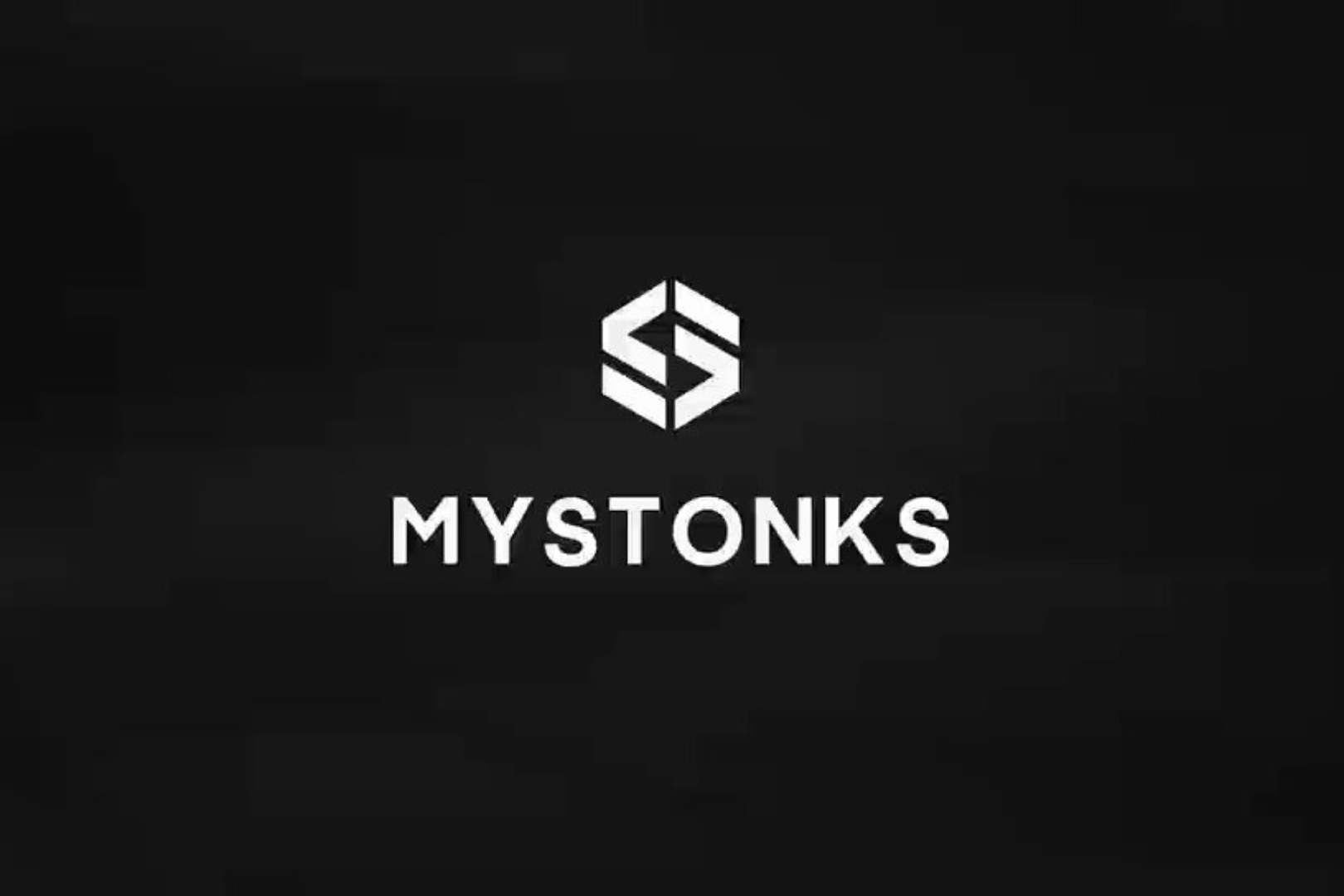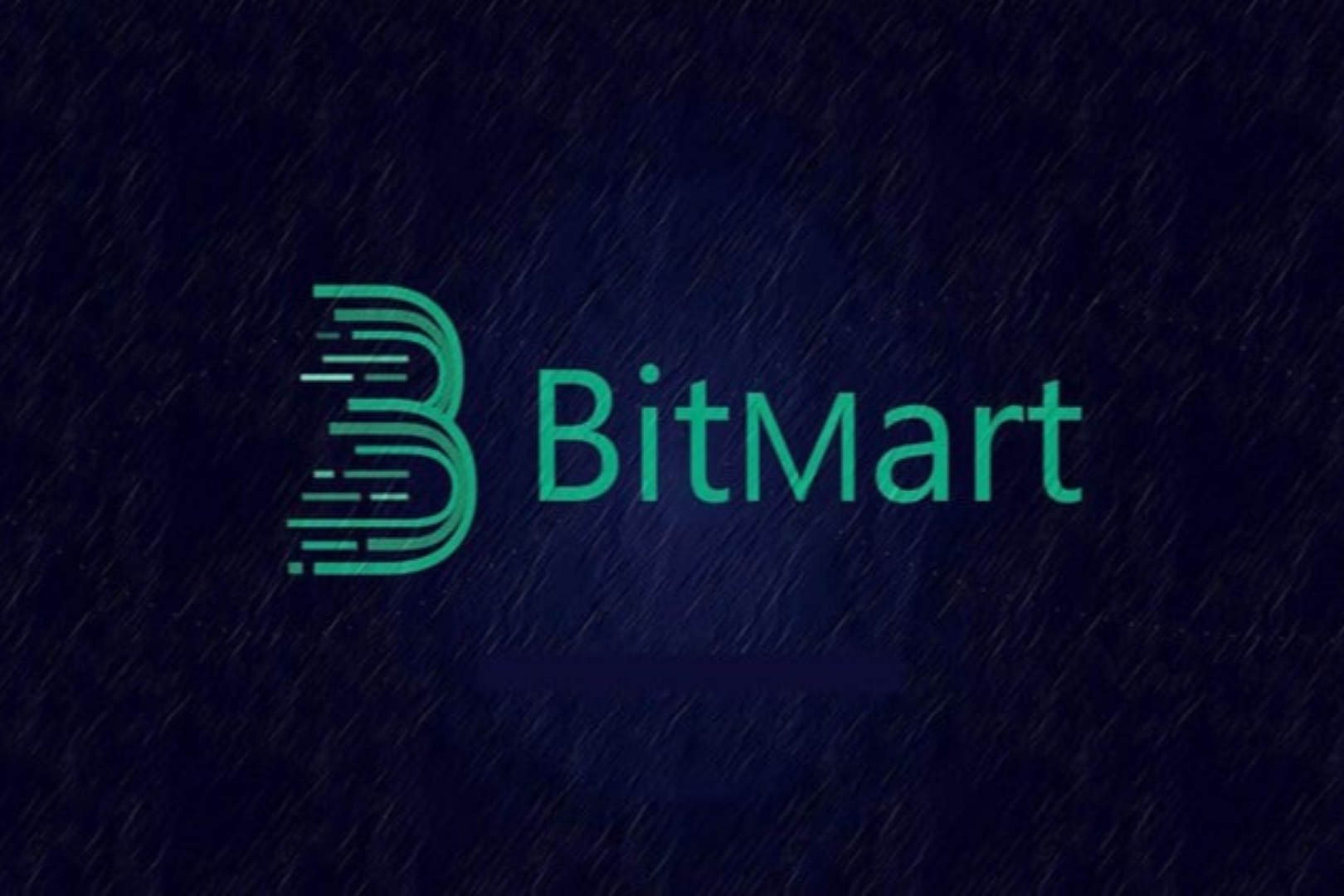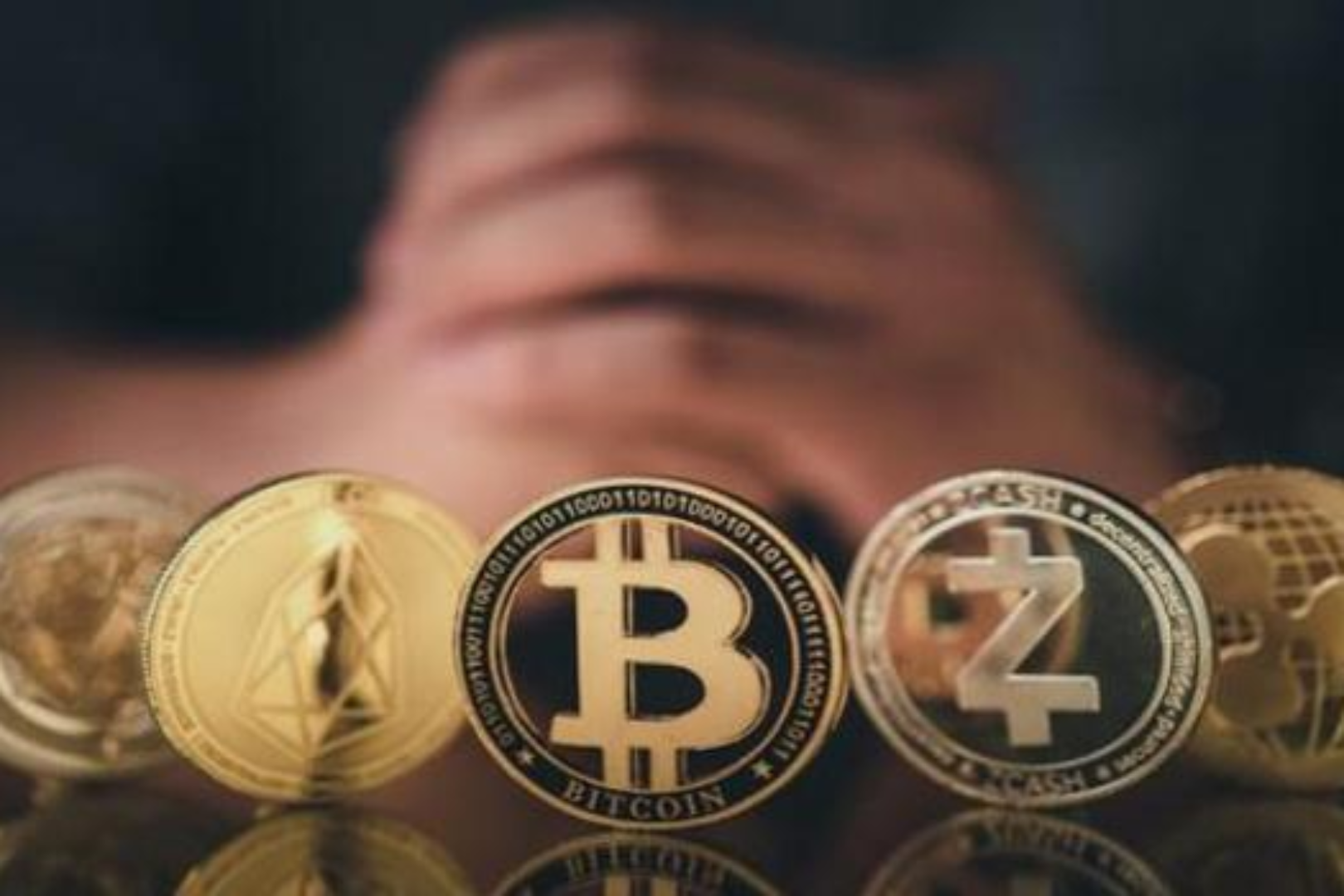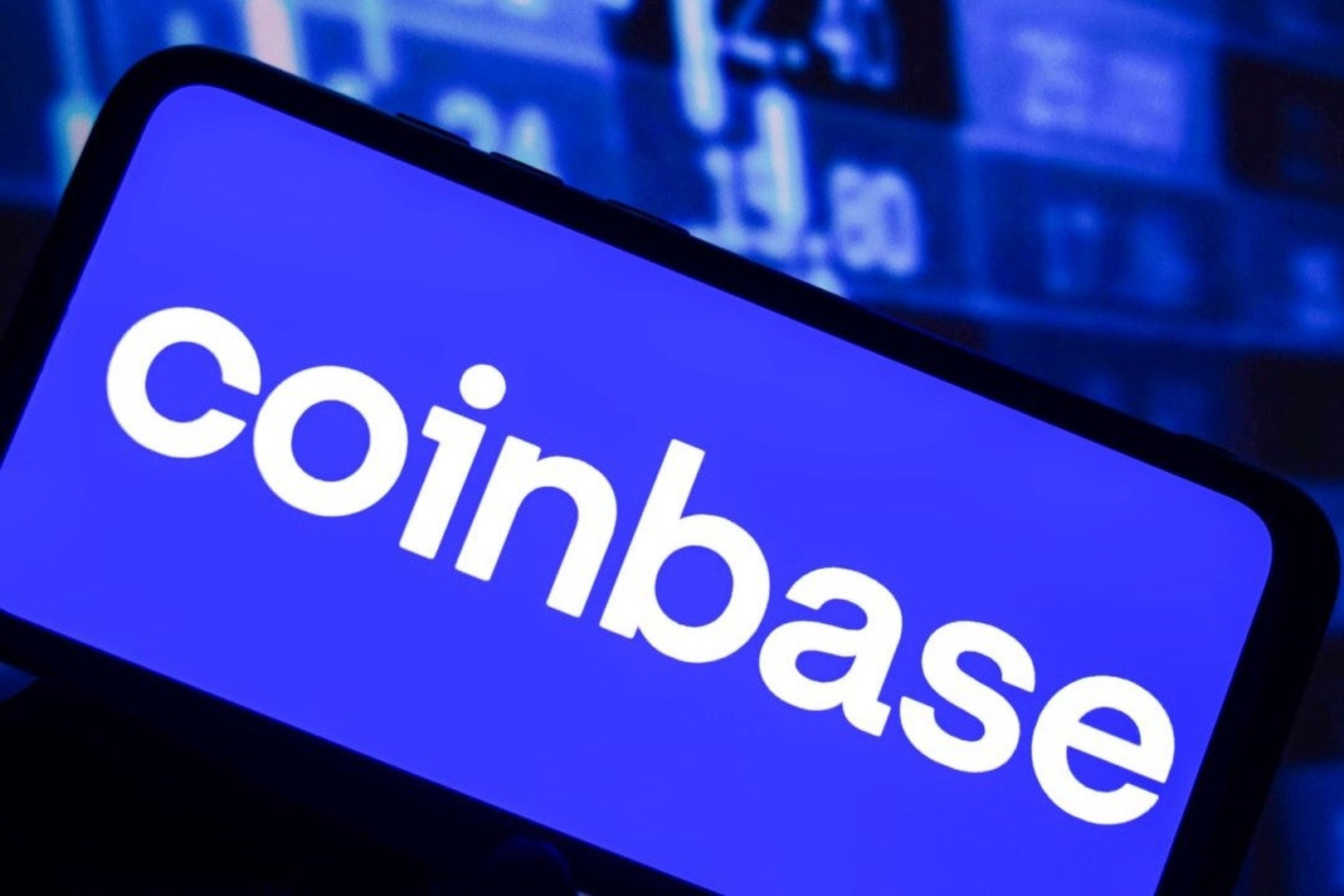Editor's Note: This article comes fromChain News ChainNews (ID: chainnewscom)Editor's Note: This article comes from
Chain News ChainNews (ID: chainnewscom)
Chain News ChainNews (ID: chainnewscom)
, author: Wangarian, works for DeFi investment fund DeFiance Capital, translation: Lu Jiangfei, published with authorization.
Today, I would like to put some new wine in the old bottle of the decentralized exchange (DEX), and share with you some new views related to Bancor's native token BNT.
Four months ago, after Bancor released its high-profile Impermanent Loss protection solution for liquidity providers (LPs), locked positions increased by 70 times and transaction volume increased by 55 times. For Bancor, a DEX that may have been forgotten by everyone, I hope to make some in-depth discussions: this may be the dark horse with the greatest potential in 2021.
Bancor is a decentralized exchange launched in 2018, and it is also an "old gun" in this field. However, Bancor has long been plagued by an overly complex token model that, despite high promises, lacked significant market traction.
Afterwards, Bancor spent two years in product iterations and a leadership shakeup. Bancor's original vision has been realized one by one, thus making today's "Bancorian" community stronger than ever. Some of the core figures in the community include: Yudi Levi, Nate Hindman, and Mark Richardson.
Unilateral impermanence loss insurance;
impermanence insurance
Token economics that can bring huge liquidity "sinkholes";
Compared to other DEXs, BNT price is undervalued.
impermanence insurance
Since the birth of automated market makers (AMMs), impermanent losses have been a major pain point for liquidity providers. With Bancor V2.1, liquidity providers can now collateralize unilateral assets and earn 60-100% returns with full impermanence loss protection.
This initiative by Bancor has achieved substantial results, because all liquidity providers can obtain Pareto Optimal selection. (Lianwen note: Pareto optimality, also known as Pareto efficiency, refers to an ideal state of resource allocation, assuming an inherent group of people and resources that can be allocated, from one allocation state to another Change that makes at least one person better off without making anyone worse off is Pareto improvement or Pareto optimization.)
So, how does Bancor impermanence loss insurance work?
Bancor uses a portion of the token exchange fees (swap fees) generated in all liquidity pools to pay for impermanent losses that have occurred within the scope of the protocol. Of all token exchange fee income earned, 28% will be used to pay liquidity providers for impermanent losses, and this process will not be subsidized by minting or issuing BNT tokens.
You see, to solve the impermanence loss problem, Bancor actually created a self-sustaining, subsidy-free solution. However, it should be noted that the premise is that you must deposit tokens for at least 100 days. But even so, the Bancor impermanent loss solution is still great for unlocking capital that lowers the risk curve, as currently the Bancor risk curve can only cover unilateral impermanent loss exposures.
BNT Sinkhole: The Crazy Token Model
Bancor Vortex
Bancor's token model can be said to be the most elegant token model in the DEX field so far (only SNX is comparable to it), by integrating BNT as the underlying asset, liquidity providers and token holders have the same vested Benefits, because BNT token holders will also become unilateral pledge liquidity providers, and impermanent losses will become a thing of the past.
As a BNT token holder, you can earn annualized returns of up to 50-100% without impermanent losses, so there is a huge incentive for people to stake their BNT tokens.
Starting from the V2.1 version, the pledged BNT funds on the Bancor platform have increased sharply, and now account for 61% of the total pledged tokens.
There is still part of the Bancor "sinkhole" token model that deserves attention. Let's take a look at the Bancor Vortex mechanism, which can expand the capital efficiency of BNT tokens by providing no more than 1.0 times interest-free leverage.
So, how does the Bancor Vortex mechanism work?
With the Bancor Vortex mechanism, you can:
Stake BNT tokens to earn exchange fees and liquidity mining token rewards;
Obtain vBNT tokens and deposit them in Vortex so that you can borrow more BNT (and earn mining token rewards at the same time);
Bancor:8bps
Sushiswap:5bps
Use borrowed BNT tokens to buy any asset with no interest or liquidation risk.
Advantages of the BNT model
Based on the above token model, BNT stakers can earn the highest exchange fee income among all DEXs. Compare each transaction of different DEX:
Therefore, the net profit margin of BNT token holders can be effectively improved.
Valuation
Market Competitiveness
Thanks to a series of innovations, Bancor sees more and more opportunities in the market. Let's compare the current data with the October 2020 data:
Although the BNT token price has risen, it is still relatively cheap compared to other DEXs.
the way of the future
It's important to make a valuation comparison, and through the comparison, we can see that Bancor's past and future growth opportunities are significantly undervalued. As shown in the figure below, in recent weeks, Bancor and DODO have occupied the vast majority of the DEX market share, and I don't think Bancor's growth trend will stop here.
Summarize
the way of the future
After two years of trial and error, Bancor V2.1 has brought an excellent product with high market fit. With the impermanence insurance solution, Bancor's unique BNT token model leverages synergy and Vortex further enhances capital efficiency.
Summarize





